Kashish Bhandari
Your work beautifully merges cinematic realism with emotional storytelling. How do you begin developing a scene — from concept to final render?
Every scene for me begins as a feeling before it becomes an actual image. I often sit with the emotion first, sometimes it’s hope, sometimes solitude, and I let that guide everything that follows. I write down words, collect references, sketch fragments until I start to see the mood take shape. The emotional tone always comes first; everything else grows from it. I still remember sketching the first concept for Visualizing Hope late one night after a long week of self-doubt. That small beam of light in a dark cave became the heartbeat of the entire project.
From there, I gather references and begin shaping the world in Houdini, designing how water moves, how the dust particles rise up, and how light cuts through the atmosphere. Then I move into Unreal Engine, where I experiment with light, color, and movement in real-time until the emotion feels honest. My process is a constant dialogue between structure and intuition; Houdini gives me precision, and Unreal gives me freedom.
Whether its Visualizing Hope or Between Shadows, the goal is the same: to translate feeling into form, to turn something invisible like hope or transition into an experience the viewer can step in and feel for themselves.

What role does lighting play in shaping the emotional tone of your environments?
Lighting is the soul of my work, it’s how I translate emotion into something the audience can feel. In visualizing hope, it was a metaphor for transformation, light symbolized growth and guidance from the cave’s faint glimmer to the lighthouse’s sweeping beam cutting through a storm. Every shift in illumination mirrored the emotional movement from uncertainty toward renewal.
Whereas in Between Shadows, light became something softer and more introspective. The bridge literally sits between shadowed forest and sunlit water, so I used light to capture that fragile balance — a golden glow filtering through trees, hinting at possibility. It wasn’t about revealing everything but about suggesting that clarity exists even when it’s partially hidden. For me, lighting isn’t decoration; its empathy made visible.
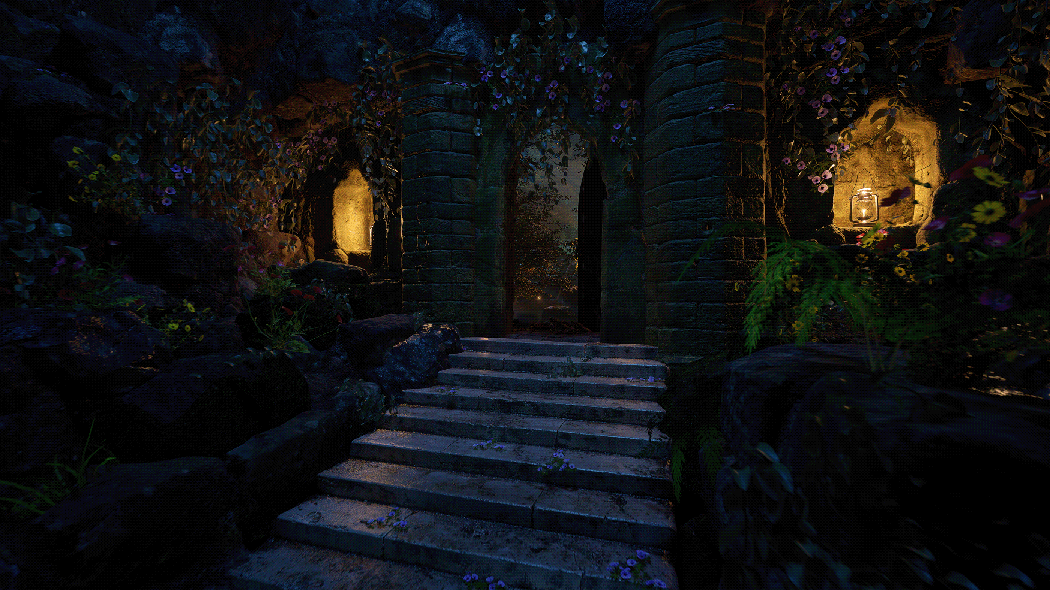
You often work at the intersection of realism and imagination. How do you decide where to draw the line between the two?
I think realism makes a scene believable, but imagination makes it feel alive. I always try to ground my work in reality like the physics of water, fog and light , but I bend those truths when emotion requires it.
That decision usually comes from instinct. I ask myself what the viewer should feel, not just what they should see. If the emotion feels muted, I’ll heighten color, movement, or light until it captures that inner rhythm. In Visualizing Hope, I kept the environments realistic, but amplified color and contrast to express resilience in that moment where light breaks through darkness. In Between Shadows, I exaggerated how light diffused through mist to create a dreamlike stillness, reflecting the feeling of being between clarity and uncertainty.
So the line is less about accuracy and more about emotional truth. I stop when the world feels familiar enough to trust, but just heightened enough to remember like a memory that blurs at the edges but stays vivid in feeling.
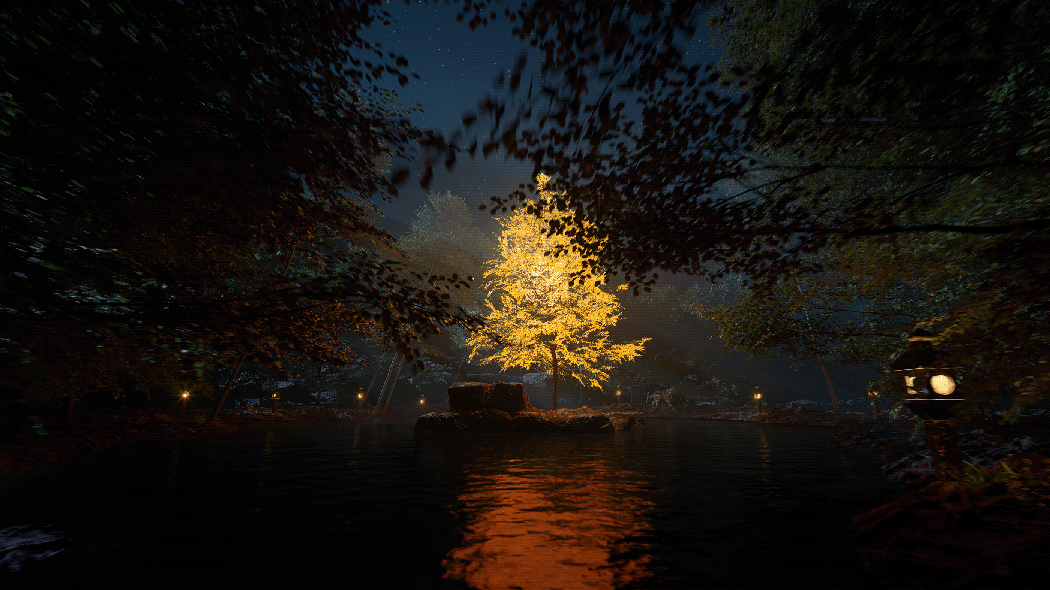
Houdini and Unreal Engine are both powerful tools. How do you balance technical precision with artistic intuition when using them?
For me, balancing the two comes down to knowing when to lead with logic and when to follow instinct. Houdini is where I build precision, it’s technical, procedural, and exact. I use it to control the behavior of elements like water, fog, and debris so the world feels physically grounded.
Once that foundation is set, I move into Unreal Engine, where I shift from calculation to intuition. Unreal lets me experiment in real time, moving a light, changing a hue, or adjusting the atmosphere until the scene feels emotionally true.
In Visualizing Hope, I relied on Houdini’s structure for the realism of the environment but trusted my intuition in Unreal to find the perfect rhythm for the lighthouse beam. In Between Shadows, I did the same with sunlight and movement, shaping the tension between light and shadow until it carried the right emotional weight.
So, the balance isn’t about choosing one over the other, it’s about letting precision support emotion. Houdini gives me control; Unreal helps me let go. Together, they create harmony between technique and feeling.
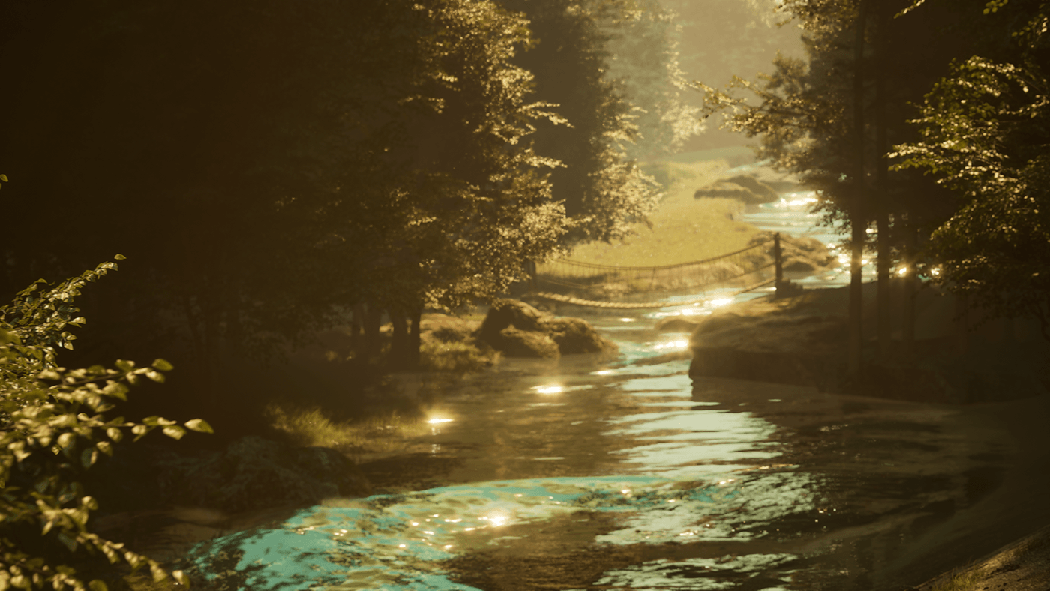
How does real-time rendering in Unreal Engine influence the way you compose and experiment with light?
Real-time rendering completely changed the way I approach lighting; it made it more intuitive, almost like a live dialogue between the world and me. Instead of waiting hours to see how a light interacts with a surface, I can shift its position, change the time of day, or adjust its intensity, and feel, at once, how the emotion of the scene changes. It’s like painting with light in motion.
In Visualizing Hope, real-time feedback helped me fine-tune the emotional pacing. The cave, for example, wasn’t lit all at once. I discovered that the light needed to grow slowly, almost like breathing, to mirror the feeling of hope reemerging after darkness. That kind of subtle timing came from seeing it unfold in real time.
For Between Shadows, it allowed me to experiment more spontaneously. I could watch sunlight cut through mist and shift direction until it felt just right, that quiet moment when the bridge sat between warmth and shadow. Those discoveries often happen accidentally, and that’s what I love about Unreal: it keeps the process alive. Real-time rendering turns lighting from something purely technical into something deeply human. It lets emotion guide composition.
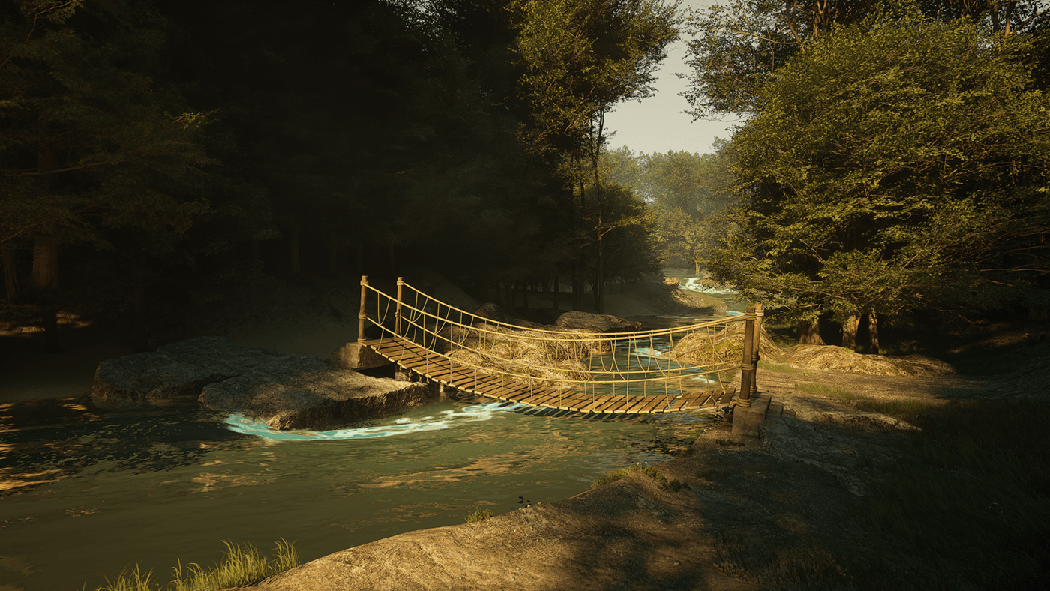
In your thesis, Visualizing Hope, you used symbolic environments like a cave, a lighthouse, and a desert. What guided your choice of these spaces?
The choice of these environments came from thinking about how hope takes different shapes depending on where we are emotionally. I wanted each space in Visualizing Hope to represent a distinct phase of that transformation from confinement to guidance to renewal.
The cave came first because it felt like the most honest starting point. It stands for those moments when everything feels uncertain, when light is scarce, but you still move toward it. The lighthouse came next as a symbol of guidance and resilience, a constant reminder that direction exists even in chaos. And the desert was chosen for its quietness; it embodies renewal, how life finds a way even in stillness and scarcity.
What truly guided these choices was their emotional geometry. Each space naturally carries a certain rhythm, color, and light behavior that mirrors human feeling. The cave’s darkness and narrowness heighten tension, the lighthouse’s openness conveys movement and release, and the desert’s vastness offers calm and reflection. Together, they form a visual arc of hope without ever using words, told purely through atmosphere, color, and light.
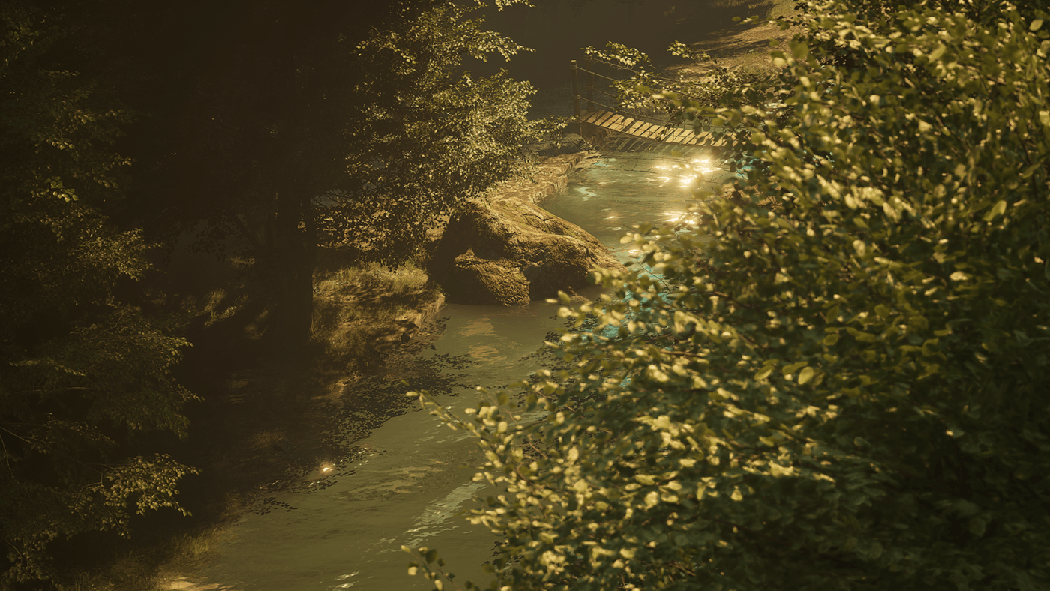
What message or feeling do you hope viewers take away from your work?
I hope my work reminds people that it’s okay to exist in moments of uncertainty, that not every story needs a perfect resolution. I’m drawn to those in-between spaces where things are still shifting, where light and shadow coexist. That’s often where we find the most honesty.
Whether it’s through the quiet persistence of Visualizing Hope or the introspection in Between Shadows, my goal is to create worlds that feel emotionally real, places where stillness holds meaning. If someone can look at my work and feel a little more grounded, a little more at peace with where they are, then I’ve done what I hoped to do.


Leave a Reply